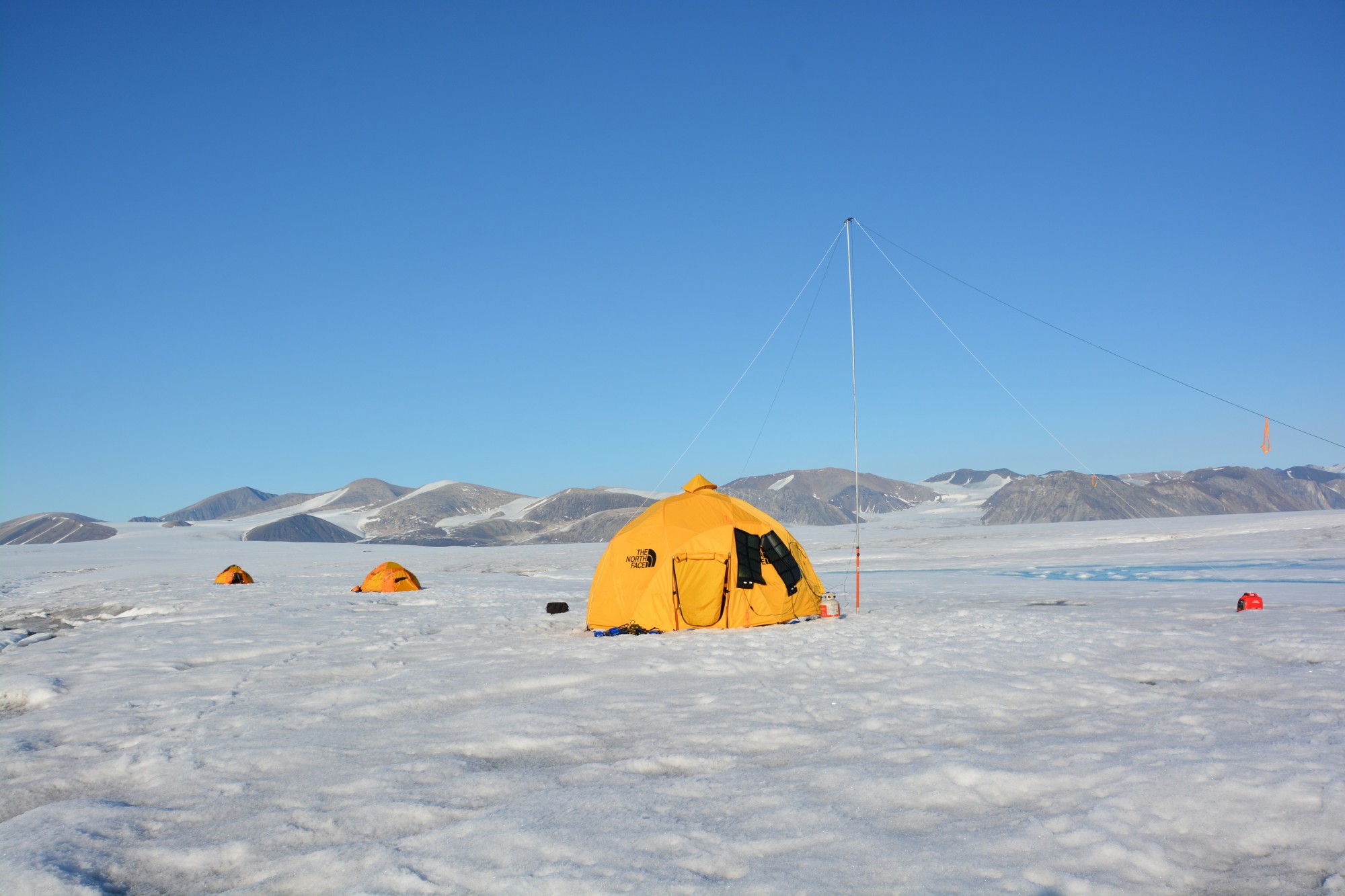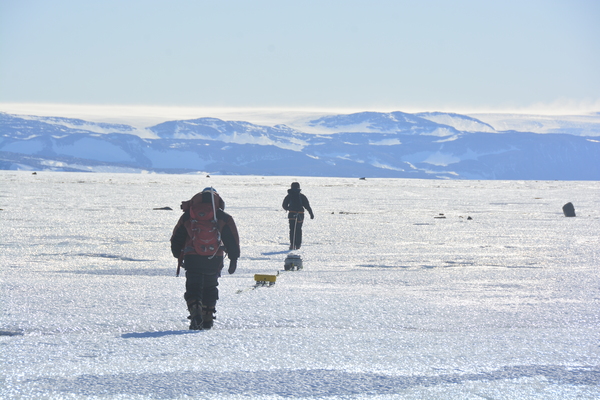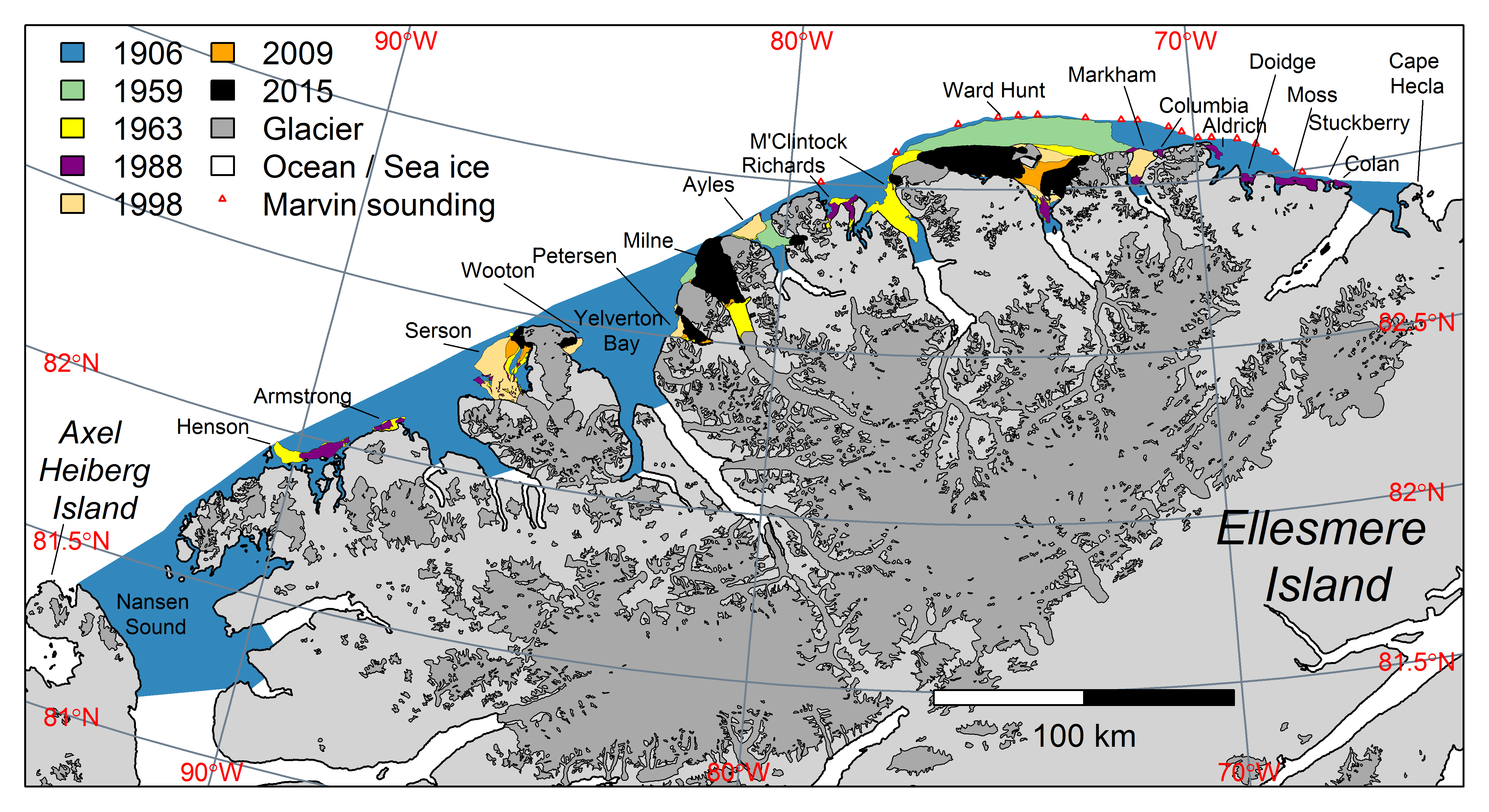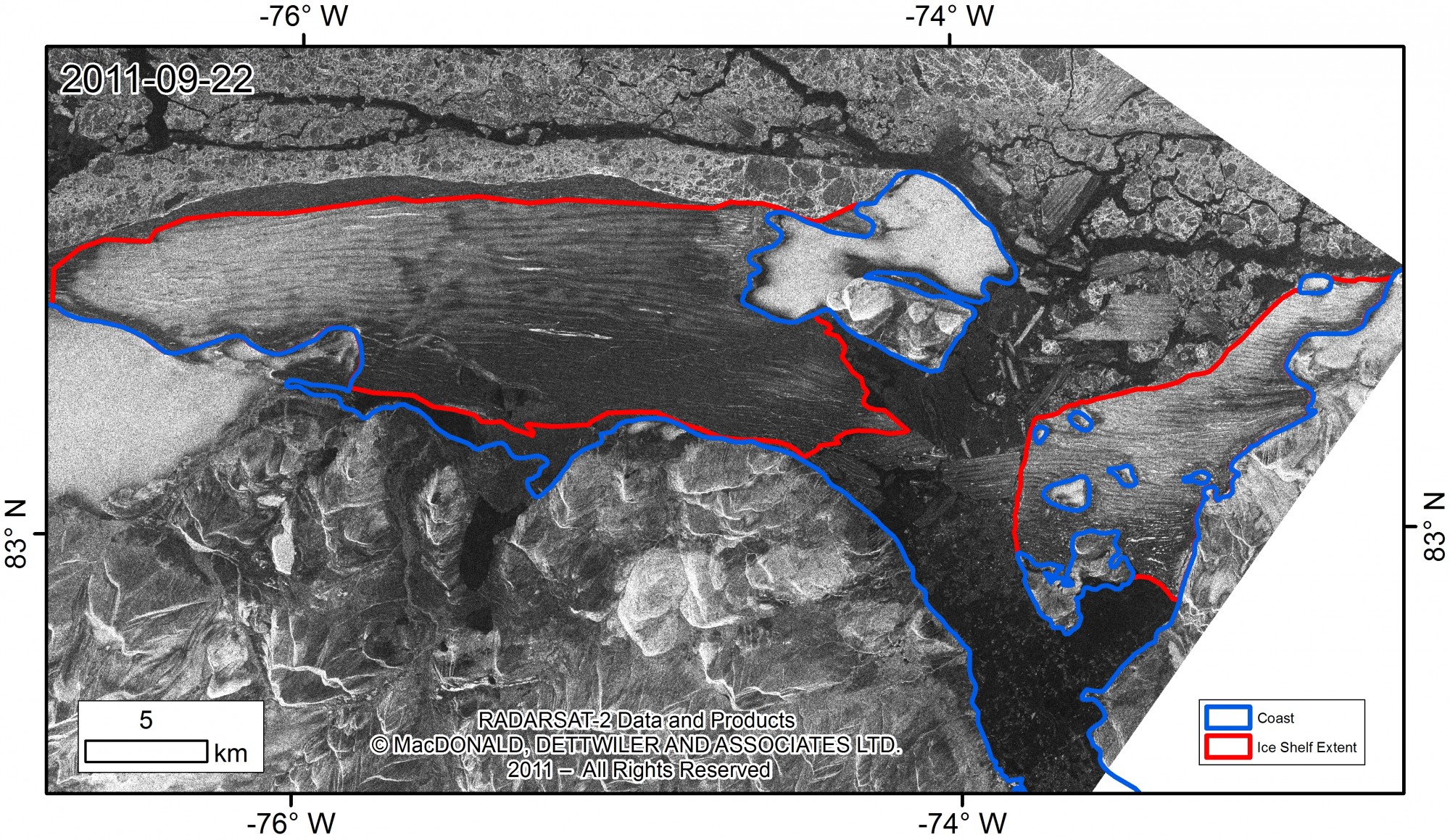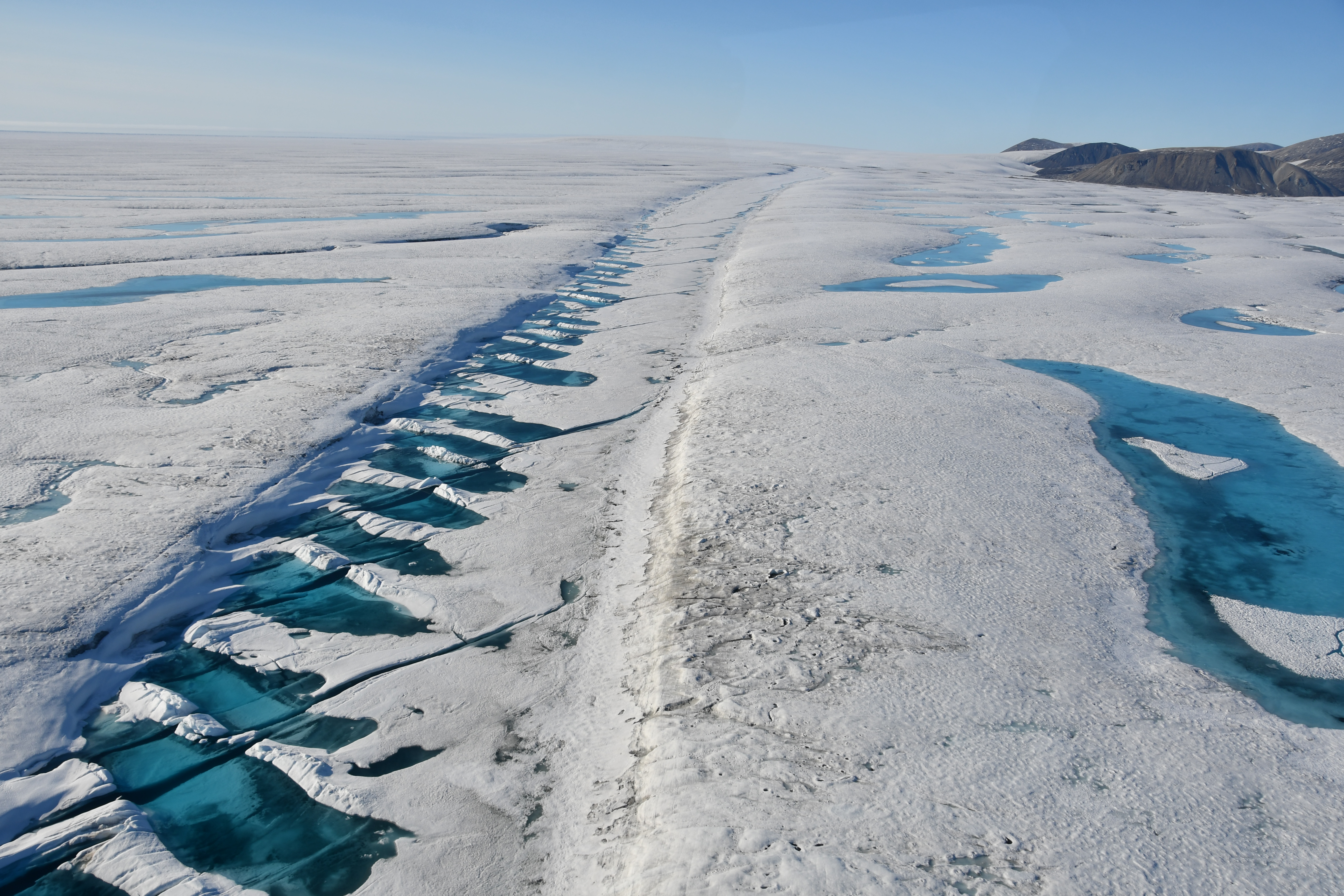Ice Shelf Research Projects
Ice shelves, thick floating sheets of ice attached to the coast, form as the seaward extensions of glaciers and ice sheets (especially in the Antarctic) through the in situ accumulation of sea ice over centuries (especially in the Arctic), or a combination of both. Where fed by glaciers, ice shelves can act as buttresses that slow the flow of ice into the ocean, thus limiting global sea level rise. When ice shelves span the mouth of a fiord, they can become floating dams that trap meltwater runoff behind, creating rare ecosystems known as epishelf lakes. The recent widespread break-up of ice shelves in the Arctic and Antarctic is of concern, as their calving has led to the formation of massive ice islands, which become hazards to maritime operations, the loss of rare epishelf lakes, and resulted in the acceleration of glaciers into the ocean, increasing the rate of global sea level rise. At the WIRL, we aim to understand the atmospheric and oceanic processes that lead to the thinning and break-up of ice shelves, and the impact their loss has on the surrounding environment.
The Milne Ice Shelf is the most intact ice shelf in the Canadian Arctic but it too is changing as temperatures increase. We are investigating how the ice shelf is responding to higher temperatures and examining the processes that lead to thinning and break-up in this remote environment. In particular, we are interested in ice-ocean and ice-atmosphere processes.
In 2016 Derek Mueller joined Christine Dow to survey the Nansen Ice Shelf. This Antarctic ice shelf is much bigger than ice shelves in the Arctic but some processes that influence ice shelves in both poles are analogous and so it is important to learn about systems at both ends of the Earth.
The Canadian ice shelves and ice tongues along the northern coast of Ellesmere Island were digitized from satellite imagery. This project documents the decline of their extents from 1906 to 2015.
This page documents the calving of the Canadian Ice Shelves in 2008 (originally published at Trent University)
This page documents the calving of the Canadian Ice Shelves in 2011
This page documents the calving of the Canadian Ice Shelves in 2020

